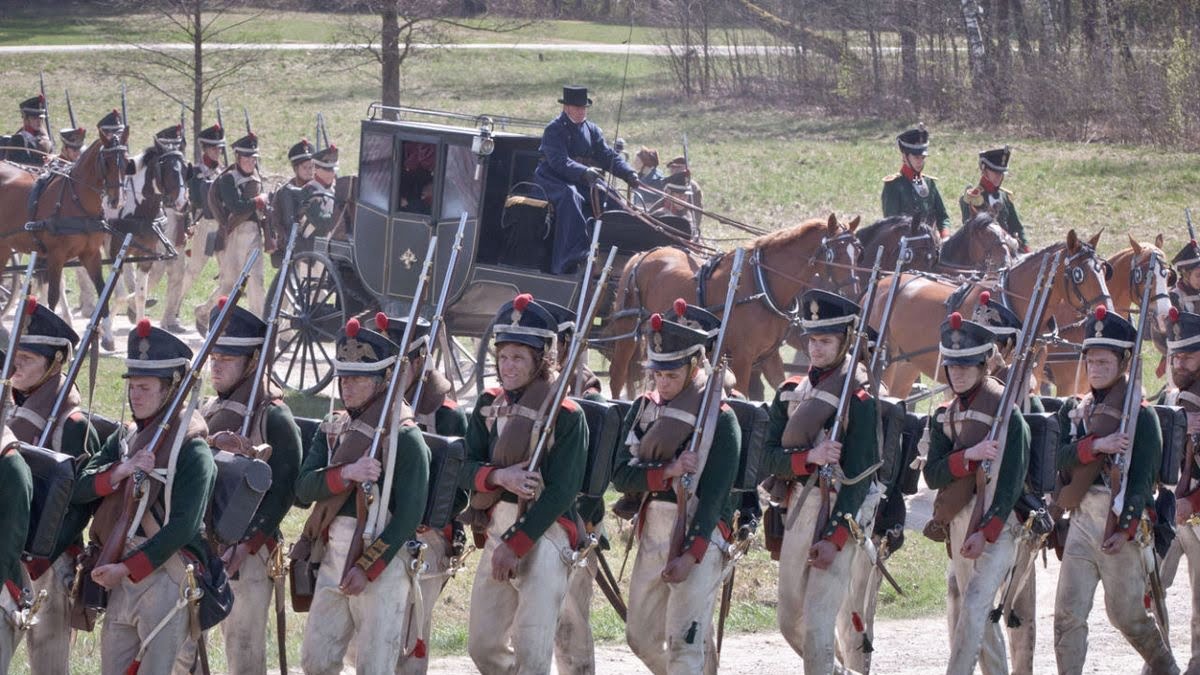Military trips offer a unique blend of history, technology, and personal reflection. From immersive historical tours of significant battlefields to visits to cutting-edge military installations, these journeys provide unparalleled insights into the world of armed forces and their impact on society. Whether you’re a history enthusiast, a military buff, or simply curious about the inner workings of defense operations, a military trip can offer a captivating and educational experience.
This exploration delves into the diverse types of military trips available, offering practical guidance on planning your own adventure. We’ll examine the historical significance of key military locations, explore the advancements in modern military technology, and consider the ethical and societal implications of military activities. Through fictional testimonials, we’ll capture the transformative power of these trips and their lasting impact on individuals.
Types of Military Trips
Military trips encompass a wide range of activities, each serving a distinct purpose and offering unique experiences for participants. These trips can be broadly categorized based on their primary objective, providing opportunities for training, historical understanding, or gaining insight into military operations and life. The duration and activities vary significantly depending on the type of trip.
Training Exercises
Military training exercises form a significant portion of military trips. These range from small-scale unit-level training to large-scale multinational exercises involving thousands of personnel and sophisticated equipment. Duration varies considerably, from a few days for specialized training to several weeks or even months for extensive field exercises. Activities often include live-fire drills, simulated combat scenarios, logistical operations, and interoperability training with allied forces. For example, a typical week-long field exercise might involve daily tactical maneuvers, weapons familiarization, and night operations, culminating in a large-scale simulated engagement. Longer exercises might incorporate more complex scenarios, such as peacekeeping operations or disaster relief simulations.
Historical Tours
Historical tours provide valuable insights into military history and heritage. These trips typically involve visits to significant battlefields, museums, memorials, and historical sites relevant to specific conflicts or military campaigns. Duration varies greatly, from short day trips to multi-week journeys encompassing several historical locations. Activities might include guided tours, lectures by historians, artifact examinations, and opportunities for personal reflection at significant memorials. A trip focused on the Normandy landings, for instance, might include visits to Omaha Beach, the American Cemetery, and various museums detailing the events of D-Day, lasting around a week.
Base Visits
Base visits offer a unique opportunity to observe military operations firsthand and learn about the daily lives of service members. These trips can vary significantly in scope, from brief tours of a single facility to more in-depth visits spanning multiple bases and units. The duration typically ranges from a few hours to several days, depending on the level of access granted and the scope of the visit. Activities commonly include tours of facilities, demonstrations of equipment and technology, interactions with personnel, and briefings on base operations. A visit to an air force base, for instance, might include a tour of aircraft hangars, a demonstration of flight simulators, and meetings with pilots and maintenance crews, lasting approximately a half-day.
Combined Trips
Some military trips combine elements of training, historical tours, and base visits, providing a more comprehensive experience. For example, a trip might involve a week of training at a military base, followed by a day trip to a nearby historical site relevant to the training scenario. This blended approach offers a richer understanding of military operations, history, and culture. A hypothetical example could be a ten-day trip combining training in mountain warfare in the Alps, followed by a visit to a museum dedicated to alpine military history and a tour of a local military base. This allows participants to directly experience the challenges of mountain warfare while gaining historical context and understanding the logistical support involved.
Planning a Military Trip
Planning a successful military base visit or other military-related trip requires meticulous preparation and adherence to specific regulations. This involves understanding the required permissions, arranging appropriate transportation and accommodation, and ensuring you have all necessary documentation. Failing to properly plan can lead to delays, denied access, and overall frustration. This section outlines a step-by-step approach to planning a smooth and efficient military trip.
Step-by-Step Itinerary for a Hypothetical Military Base Visit
A visit to a military base, even for a non-military individual, necessitates a well-defined plan. This plan should account for transportation to and from the base, accommodation if an overnight stay is required, and, most importantly, obtaining the necessary permissions well in advance. Let’s consider a hypothetical visit to a US Army base.
- Permission Request: Submit a formal request to the base’s Public Affairs Office at least 4-6 weeks prior to the intended visit. Include details of the visit’s purpose, the number of visitors, their identities, and the dates of the visit.
- Transportation: Arrange transportation to the base. This could involve personal vehicle (ensure you have appropriate identification and comply with base regulations), a taxi service, or pre-arranged transportation through the base’s Public Affairs Office. Base entry points and procedures should be confirmed.
- Accommodation (if applicable): If an overnight stay is required, arrange lodging in advance. Options might include nearby hotels, motels, or, in some cases, on-base lodging (if permitted). Booking well in advance is highly recommended, especially during peak seasons.
- Base Entry and Security: Upon arrival at the base, be prepared for a thorough security check. This includes presenting your identification documents and possibly undergoing vehicle inspection. Be polite and cooperative with security personnel.
- Visit Schedule: Adhere to the planned schedule of activities and be mindful of base regulations and security protocols throughout the visit.
- Departure: Ensure you follow proper departure procedures, including notifying the relevant base personnel and completing any required exit formalities.
Essential Items and Documents Checklist
A comprehensive checklist is crucial to ensure a smooth trip. The specific requirements vary depending on the type of military trip and the location.
For a base visit, this could include:
- Government-issued photo identification (passport, driver’s license).
- Pre-approved base access authorization.
- Confirmation of accommodation (if applicable).
- Itinerary and contact information for base personnel.
- Appropriate attire (respectful and modest clothing).
For other military trips (e.g., attending a military event), additional items may be required, such as:
- Event tickets or invitations.
- Military ID card (if applicable).
- Travel insurance documentation.
Military Trip Preparation Overview
The following table summarizes the preparation steps, required documents, potential costs, and relevant contact information for planning a military trip. Costs are estimates and can vary significantly based on location, duration, and specific needs.
| Preparation Step | Required Documents | Potential Costs | Contact Information |
|---|---|---|---|
| Obtain Base Access Permission | Formal request letter, identification | $0 (application fee may vary) | Base Public Affairs Office |
| Arrange Transportation | Driver’s license, vehicle registration (if applicable) | Variable (gas, tolls, taxi fare) | Taxi service, rental car agency |
| Secure Accommodation (if needed) | Credit card, booking confirmation | Variable (hotel/motel rates) | Hotel/motel reservation services |
| Prepare Necessary Items | Government-issued ID, base access authorization | Variable (clothing, personal items) | N/A |
Conclusion
Ultimately, military trips provide a multifaceted lens through which to understand the complexities of military history, current operations, and future implications. Whether focused on historical exploration, technological marvel, or personal growth, these journeys offer an enriching and often profound experience. By understanding the planning process, appreciating the historical context, and acknowledging the ethical considerations, individuals can embark on informed and rewarding military-themed adventures. The memories and perspectives gained will undoubtedly shape future understanding and appreciation of the military’s role in shaping our world.




